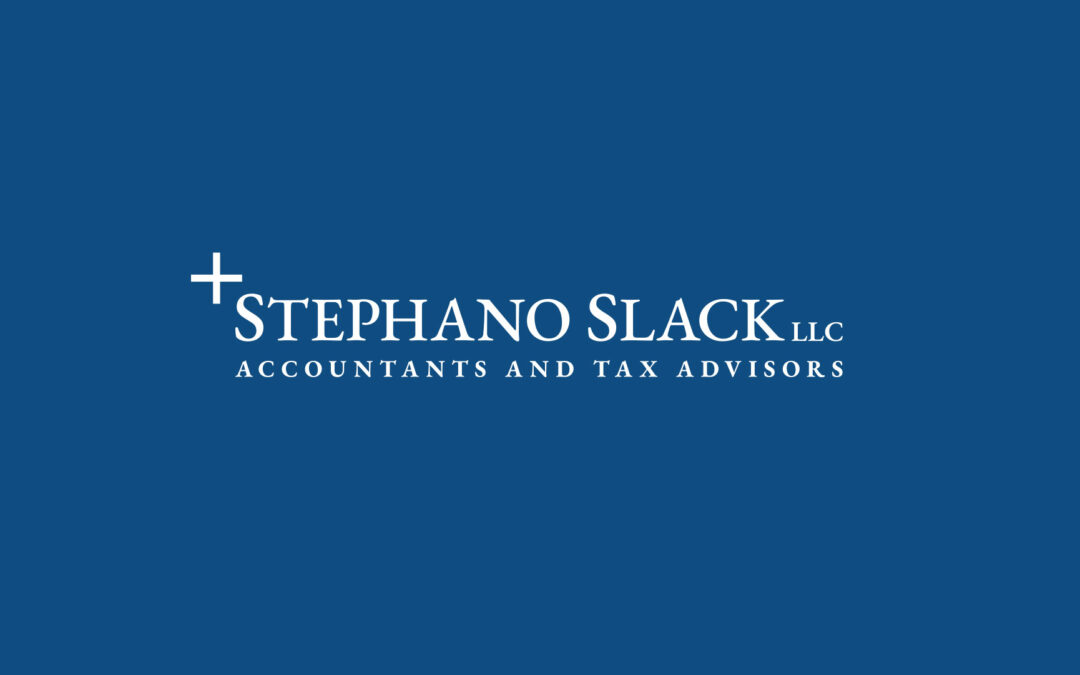There is nothing wrong with change, if it is in the right direction.
-Winston Churchill
2018 was definitely a unique tax year given the numerous tax law changes brought about by the 2017 Tax Cuts and Jobs Act. Although not nearly the amount of changes we saw in 2018, there will still be some in 2019. However, with these changes comes tax planning opportunities!
Speaking of change, here are just a few changes for tax year 2019…
- For tax year 2019, the top rate is 37 percent for individual single taxpayers with incomes greater than $510,300 ($612,350 for married taxpayers filing jointly). The other rates are as follows:
- 35 percent, for incomes over $204,100 ($408,200 for married couples filing jointly);
- 32 percent for incomes over $160,725 ($321,450 for married couples filing jointly);
- 24 percent for incomes over $84,200 ($168,400 for married couples filing jointly);
- 22 percent for incomes over $39,475 ($78,950 for married couples filing jointly);
- 12 percent for incomes over $9,700 ($19,400 for married couples filing jointly).
- The lowest rate is 10 percent for incomes of single individuals with incomes of $9,700 or less ($19,400 for married couples filing jointly).
- The standard deduction
for married filing jointly increases to $24,400, plus $1,300 for each spouse
age 65 or older; for single taxpayers and married individuals filing separately
it increases to $12,200, plus $1,650 if age 65 or older; and for taxpayers filing
as head of household, it increases to $18,350, plus $1,650 if age 65 or
older.
- Note that there is an additional standard deduction of $1,300 for taxpayers filing jointly who qualify as blind; $1,650 for unmarried individuals (not including surviving spouses).
- The standard deduction for an individual who can be claimed as a dependent by another taxpayer is limited to the greater of $1,100 or the sum of $350 plus the individual’s earned income (not to exceed the regular standard deduction amount).
- The threshold for deducting medical expenses increases from 7.5% (in 2018) to 10% of adjusted gross income.
- The maximum contribution to a Health Savings Account (HSA) increases to $3,500 for self-only coverage and $7,000 for family coverage. The catch-up contribution for taxpayers age 55 and older remains at $1,000.
- The 2019 foreign earned income exclusion for taxpayers working abroad is $105,900, an increase of $2,000 from 2018.
- The standard mileage rates for 2019 are as follows: 58 cents per mile driven for business use; 20 cents per miles driven for medical purposes; 14 cents per mile driven for charitable purposes.
- The lifetime estate and gift tax exemption rises to $11,400,000 ($22,800,000 for couples if portability is elected on a timely filed Form 706). The annual gift tax exclusion remains at $15,000.
- The 2019 maximum 401(k) contribution is $19,000 (taxpayers age 50 or over can contribute an additional $6,000 in catch-up contributions).
- The 2019 maximum contribution to a SIMPLE plan is $13,000 (taxpayers age 50 or over can contribute an additional $3,000 of catch-up contributions).
- The 2019 maximum contribution to an IRA (traditional and Roth) is $6,000 (taxpayers age 50 or over can contribute an additional $1,000).
- The 2019 maximum contributions to a SEP account is the lesser of $56,000 or 20% of net earnings from self-employment.
- The social security annual wage base for 2019 is $132,900.
- The taxable income threshold on the new (in 2018) qualified business income deduction for self-employed individuals and owners of LLCs, S corporations and other pass-through activities in 2019 will be $321,400 for married filing joint, $160,725 for married filing separate, and $160,700 for single and head of household returns.
….with more changes likely before the end of the year!
The tax professionals at Stephano Slack are here to help you navigate these changes to minimize your tax bill. Please contact us – you’ll be glad you did!
Jill Zoghby, CPA
302-777-7400



Recent Comments